Best Places to Visit in Serbia: Top Belgrade Attractions
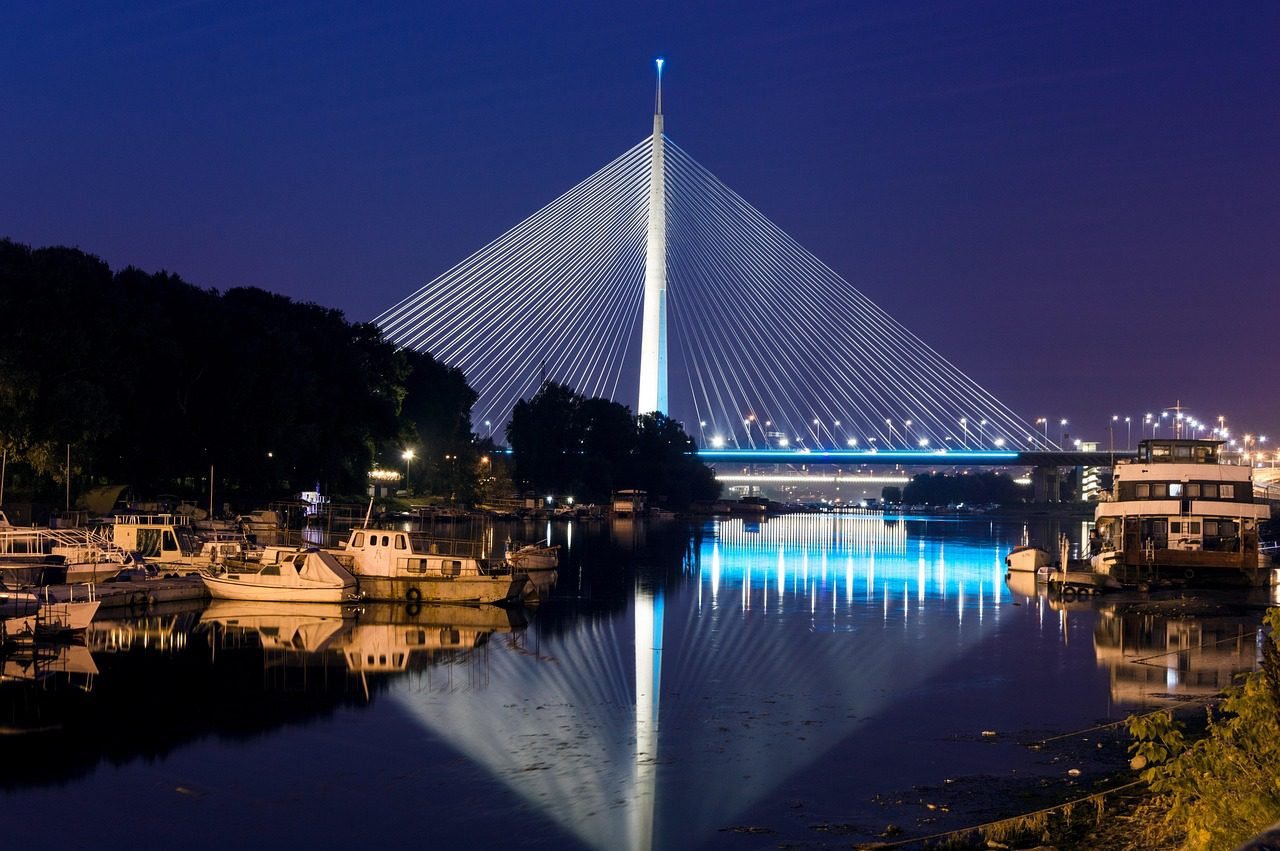
Serbia, a land of rich history and stunning natural beauty, offers an unforgettable journey for every traveler. This guide will explore the best places to visit in Serbia, with a special focus on the captivating capital, Belgrade, and its diverse attractions.
What are the must-see attractions in Serbia?
Serbia is a treasure trove of historical sites, vibrant cities, and breathtaking landscapes, offering a diverse array of experiences for any traveler.
From ancient fortresses to serene monasteries, the country promises a memorable adventure.
Overview of Serbia’s key tourist attractions
Serbia boasts an impressive array of tourist attractions, appealing to diverse interests.
Beyond the bustling capital, you can discover the majestic Studenica Monastery, a UNESCO World Heritage site known for its exquisite Serbian medieval frescoes, or explore the dramatic landscapes of the Uvac Canyon in southwestern Serbia, famous for its winding meanders and diverse flora and fauna.
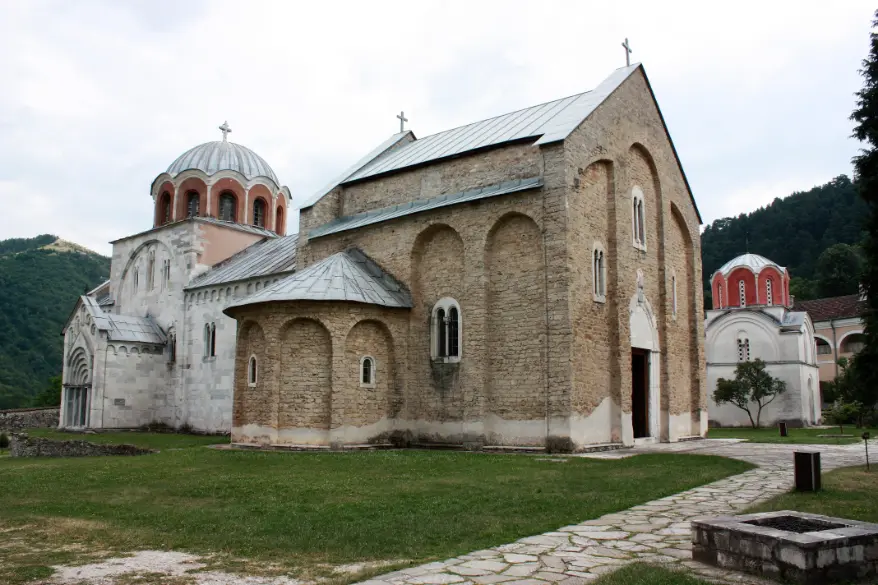
Other notable destinations in Serbia include the charming city of Novi Sad, home to the iconic Petrovaradin Fortress, and the historic town of Sremski Karlovci, brimming with architectural gems.
These places in Serbia highlight the nation’s rich cultural and natural heritage.
Top attractions in Belgrade
Belgrade, the capital of Serbia, is undoubtedly one of the best places to visit and a vibrant hub of culture and history.
Your visit to this bustling city will surely include the formidable Belgrade Fortress, also known as Kalemegdan, which offers panoramic views of the confluence of the Sava and Danube rivers and houses several museums and churches.
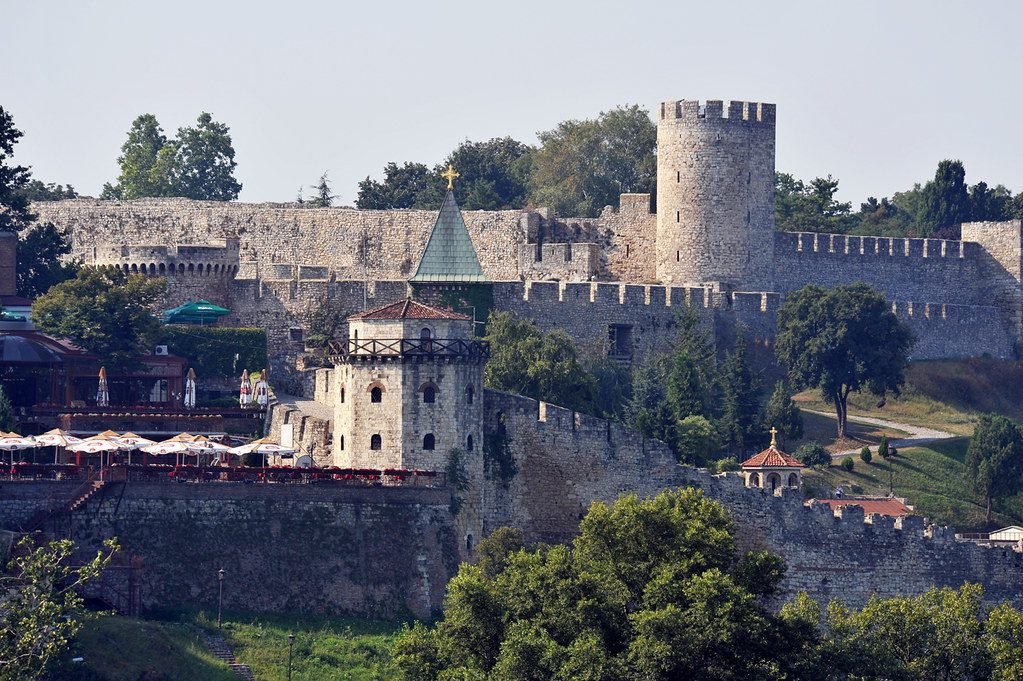
The National Museum of Serbia is another must-see attraction, showcasing a vast collection of Serbian art and historical artifacts.
Strolling through the Old Town, you’ll encounter numerous places to visit in Belgrade, from charming streets to grand Orthodox Church architecture, truly capturing the essence of this dynamic city in Serbia.
Hidden gems in Serbia’s countryside
While the cities offer much, the countryside holds many hidden gems in Serbia.
The remote monasteries in Serbia, such as the Studenica Monastery, offer a serene escape into spiritual history and stunning medieval art.
For nature lovers, the Uvac Canyon is a spectacular natural wonder, providing opportunities for boat tours and birdwatching, especially for the rare griffon vulture.
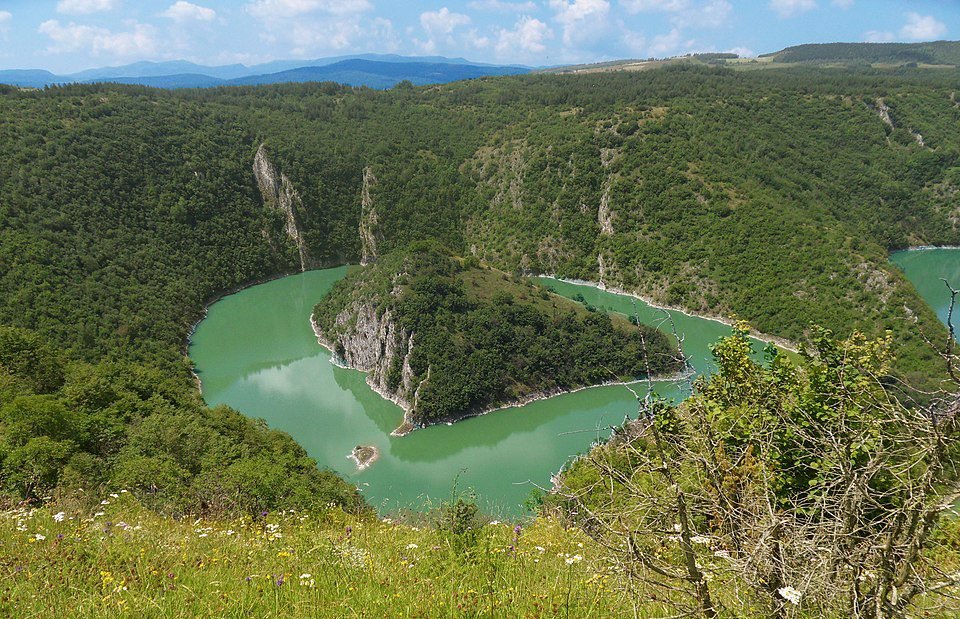
The Drina River is another scenic destination, famous for its “House on the Rock” and offering excellent rafting opportunities.
These less-traveled places to visit in Serbia offer a unique glimpse into the country’s profound natural beauty and rich heritage.
Why visit Belgrade?
Belgrade, a city where ancient history meets modern vibrancy, offers a compelling mix of cultural immersion, historical exploration, and thrilling nightlife. It’s a reason to visit Serbia in itself.
Unique cultural experiences in Belgrade
Belgrade offers unique cultural experiences that blend its turbulent past with a lively contemporary scene.
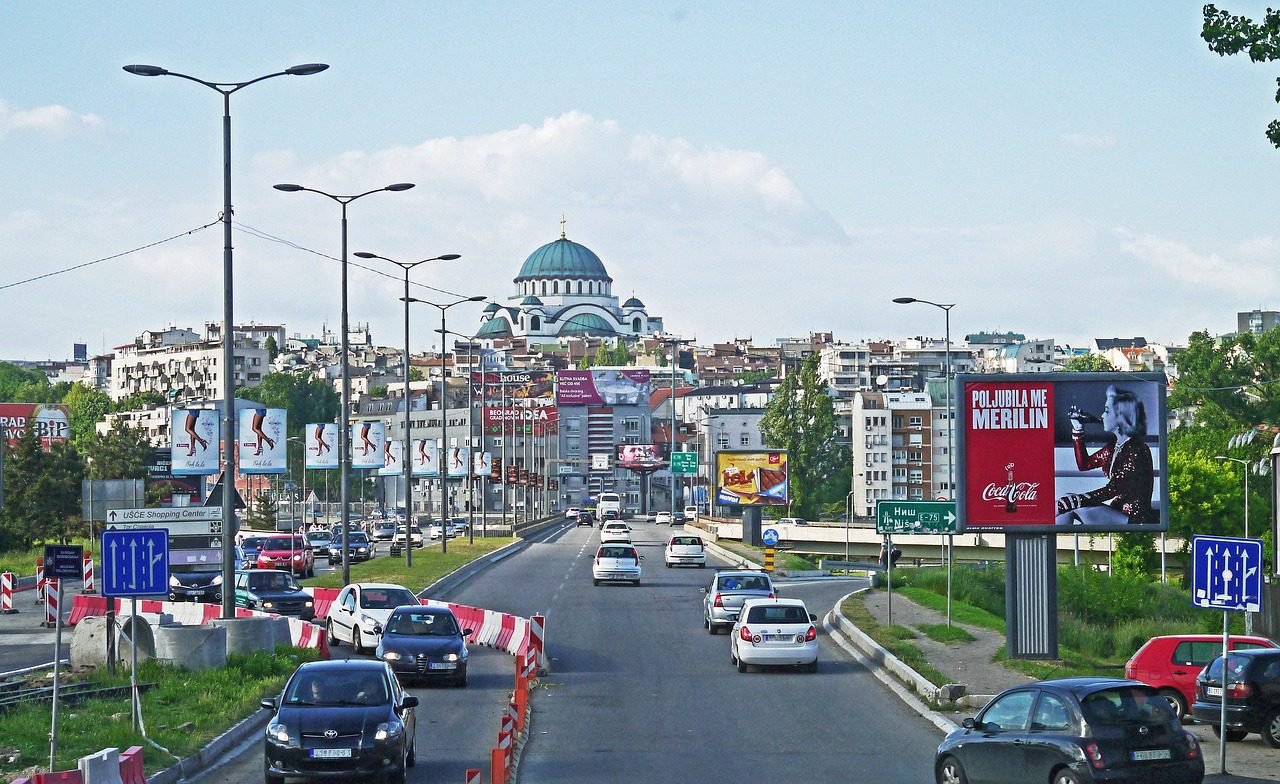
You can immerse yourself in the local art scene by visiting numerous galleries and small independent theaters, or explore the bohemian quarter of Skadarlija, known for its traditional Serbian restaurants and live music.
The city’s many festivals throughout the year, from film to music, provide dynamic insight into Serbian modern culture.
Exploring Belgrade city will reveal a deep appreciation for its resilience and creative spirit, making it one of the most engaging cities to visit in Serbia.
Historical significance of Belgrade
The historical significance of Belgrade is immense, with evidence of settlements dating back to prehistoric times.
The city has been a crossroads of civilizations, enduring countless sieges and rebuilds, making it a crucial strategic point in the Balkans.
The Belgrade Fortress stands as a powerful testament to this rich history, with layers of Roman, Byzantine, Ottoman, and Austro-Hungarian influences visible in its architecture.
A visit to Belgrade is a journey through time, allowing you to trace the footsteps of conquerors and civilizations that have shaped not only Serbia but the entire Balkan region.
Vibrant nightlife and entertainment options
Belgrade is renowned for its vibrant nightlife and entertainment options, offering something for every taste, truly making it a must-see destination.
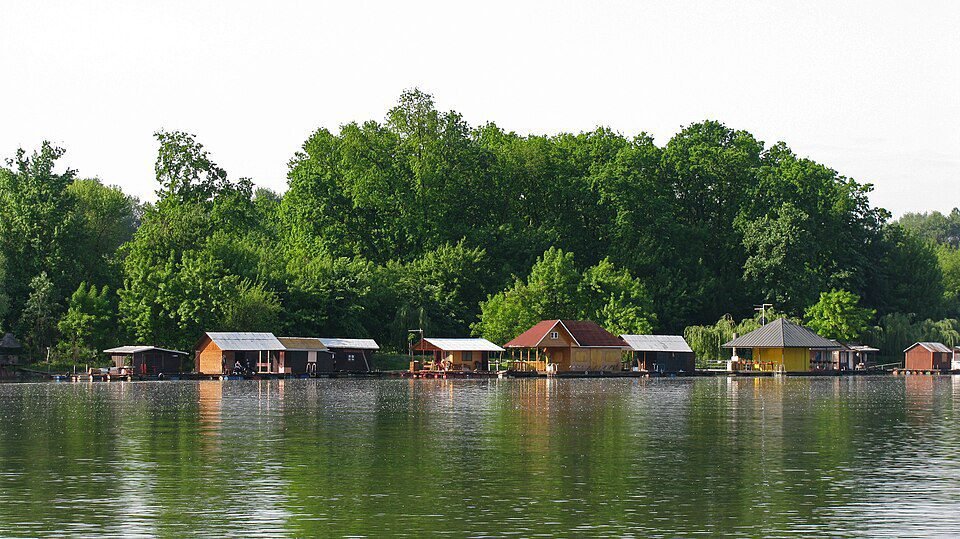
From floating river clubs on the Sava and Danube known as “splavovi” that pump out music until the early hours, to trendy bars in the Savamala district and traditional pubs in Skadarlija, the city comes alive after dark.
Belgrade’s energy is infectious, making it one of the best places to visit for those seeking unforgettable evening experiences. The nightlife scene here is diverse, exciting, and welcoming to all.
What are the best places to visit in Serbia?
Must-visit tourist destinations
Serbia is a treasure trove of tourist attractions, offering a diverse array of places to visit in Serbia that cater to every interest.
Beyond the dynamic capital, Belgrade, you can uncover the spiritual serenity of the Studenica Monastery, a UNESCO World Heritage site renowned for its exquisite Serbian medieval frescoes.
Don’t miss the awe-inspiring Uvac Canyon in southwestern Serbia, famous for its winding meanders and diverse flora and fauna.
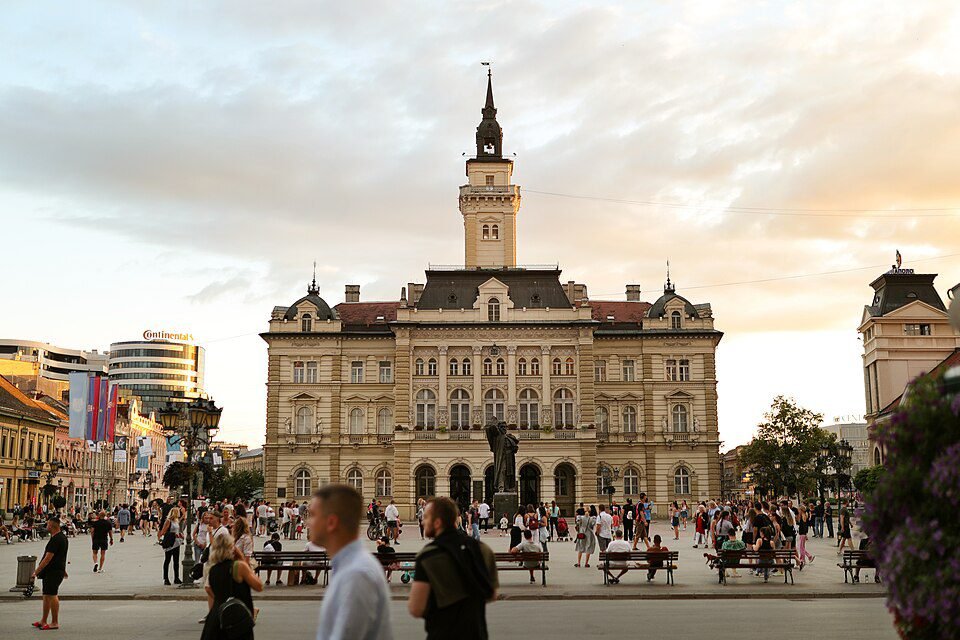
Another destination you must see is the charming city of Novi Sad, home to the iconic Petrovaradin Fortress, and the historically rich town of Sremski Karlovci, brimming with architectural gems.
These places in Serbia truly showcase the nation’s rich cultural and natural beauty.
Exploring Serbia’s natural beauty
For those who seek the tranquility of nature, Serbia offers an abundance of natural beauty.
The Uvac Canyon is a spectacular natural wonder, providing opportunities for boat tours and birdwatching, especially for the rare griffon vulture, making it a truly unique place to visit.
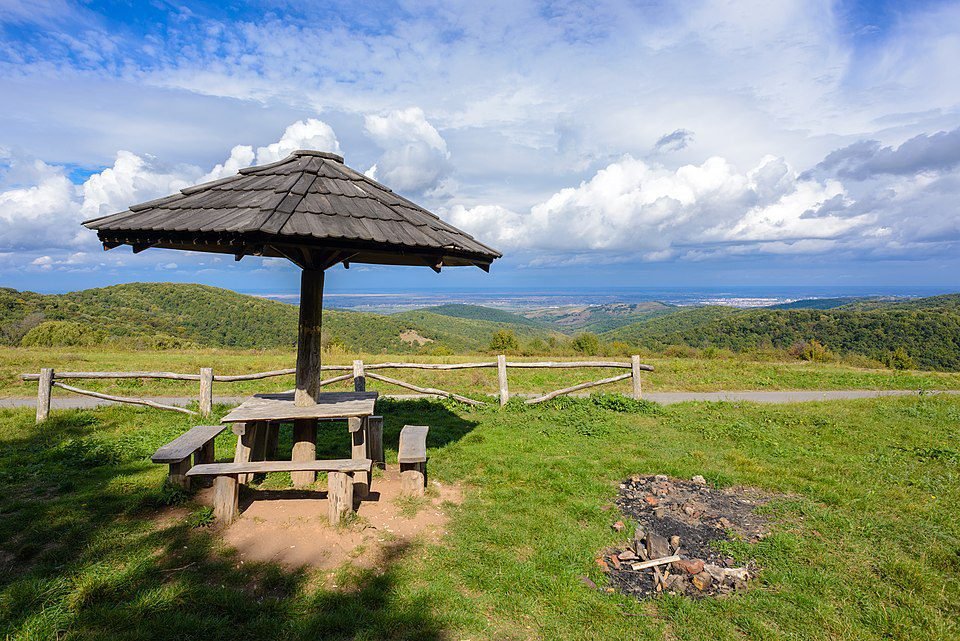
The Drina River is another incredibly scenic destination, famous for its “House on the Rock” and offering excellent rafting opportunities.
Additionally, exploring national park areas like Fruška Gora or Tara National Park provides chances for hiking, wildlife spotting, and simply enjoying the pristine landscapes.
A visit to Serbia would be incomplete without immersing yourself in these breathtaking natural settings.
Overview of top cities: Niš and Subotica
Beyond Belgrade and Novi Sad, Serbia boasts other fascinating cities to visit in Serbia, each with its unique charm.
Niš, one of the largest cities in Serbia, in central Serbia, is a historical hub, famously home to the chilling but historically significant Skull Tower (Ćele Kula) and the ancient Niš Fortress.
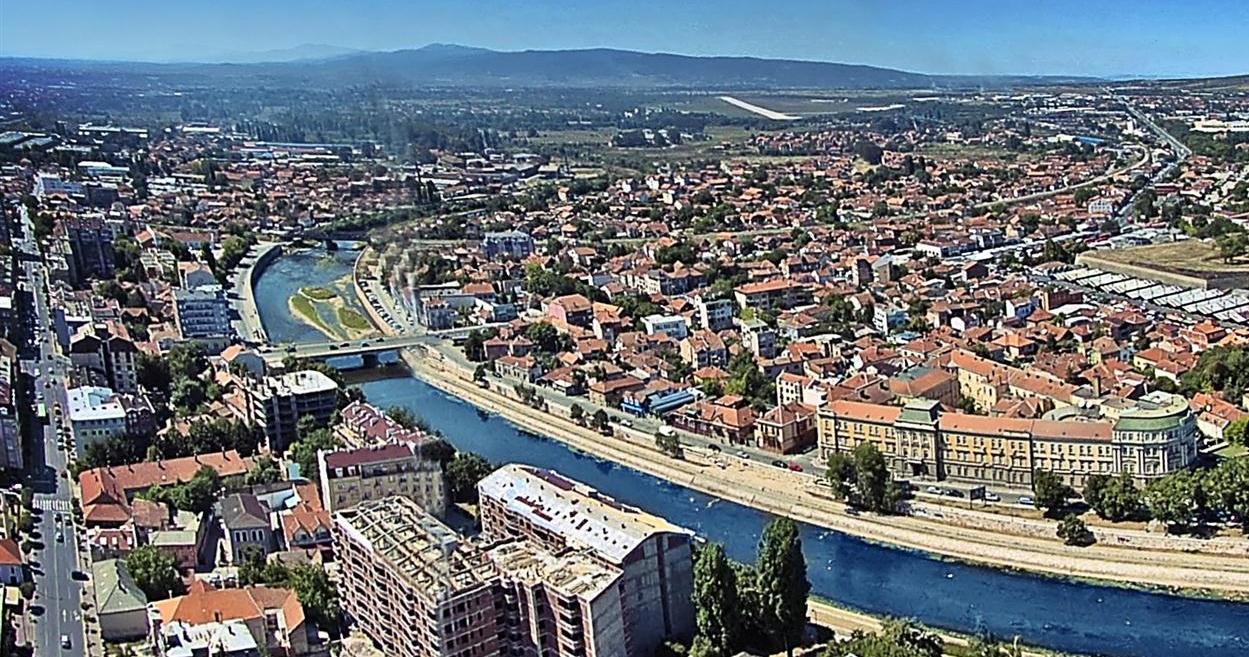
This city provides a deep dive into Serbian history and Ottoman influences.
Further north, Subotica offers a striking contrast with its stunning Art Nouveau architecture, most notably seen in its vibrant City Hall.
These destinations offer a different perspective on Serbian culture and history, making your visit to Serbia even richer.
What things to do in Belgrade?
Activities for families and solo travelers
Belgrade, as the capital of Serbia, offers a wealth of things to do in Belgrade that cater to both families and solo travelers, ensuring everyone finds something to enjoy.
You can embark on a historical journey through the Belgrade Fortress and its sprawling Kalemegdan Park, where children can enjoy playgrounds while adults take in the panoramic views of the Sava and Danube rivers.
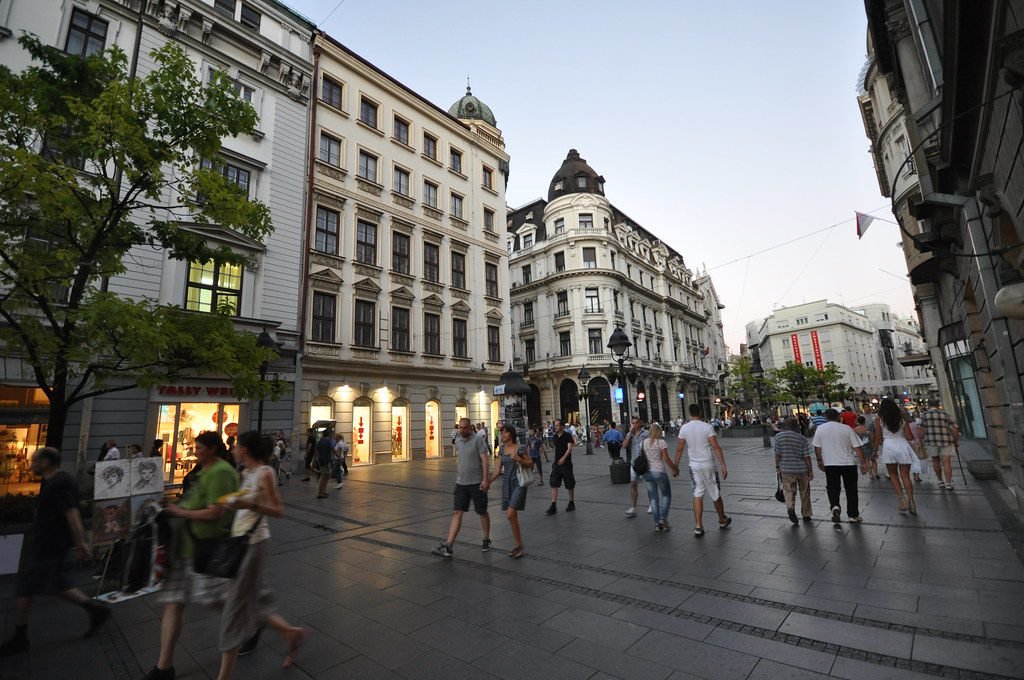
For a more relaxed experience, stroll along Knez Mihailova Street, a bustling pedestrian zone perfect for people-watching and souvenir shopping.
A visit to Belgrade provides endless possibilities for entertainment and exploration, making it a compelling reason to visit Serbia.
Top museums and cultural sites
A visit to Belgrade is incomplete without exploring its top museums and cultural sites, offering deep insights into Serbian history and art.
The National Museum of Serbia is a must-see attraction, housing an extensive collection spanning from prehistoric artifacts to modern art.
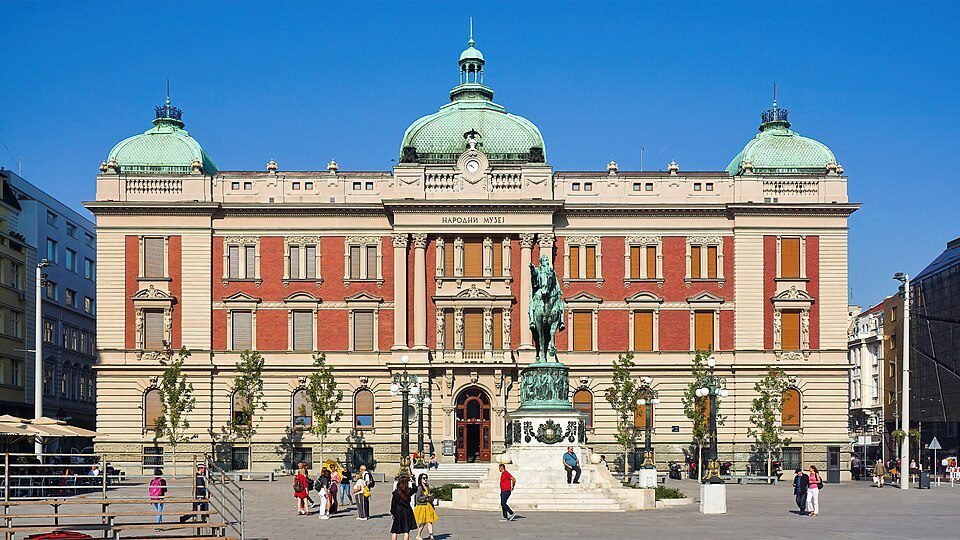
For those interested in science, the Nikola Tesla Museum provides a fascinating look into the life and inventions of the renowned scientist.
Additionally, the Orthodox Church of Saint Sava, one of the largest Orthodox Church buildings in the world, is an architectural marvel and a significant spiritual site.
These places to visit in Belgrade provide a rich tapestry of knowledge and beauty.
Outdoor activities and parks
Belgrade is surprisingly green, offering numerous outdoor activities and parks for relaxation and recreation.
Kalemegdan Park, surrounding the Belgrade Fortress, is perfect for leisurely walks, offering stunning views and historical monuments.
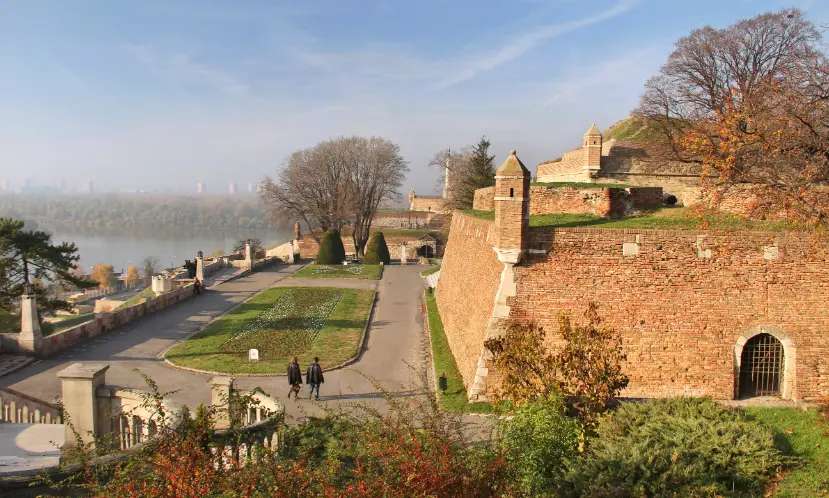
Ada Ciganlija, an island on the Sava River, has been transformed into a popular recreational zone with beaches, sports facilities, and cafes, making it an ideal spot for swimming, cycling, or just soaking up the sun.
For a peaceful escape, visit Topčider Park with its beautiful gardens and historic buildings. These places in Serbia offer a refreshing break from the urban hustle.
When is the best time to visit Serbia?
Seasonal highlights for travelers
Deciding the best time to visit Serbia largely depends on your interests, as each season offers distinct seasonal highlights for travelers.
Spring, from April to June, brings mild temperatures, blooming landscapes, and fewer crowds, perfect for sightseeing and enjoying outdoor cafes in Belgrade.
Summer, from July to August, is ideal for those seeking vibrant nightlife, outdoor festivals like the EXIT Festival in Novi Sad, and basking by the Danube or Sava rivers.
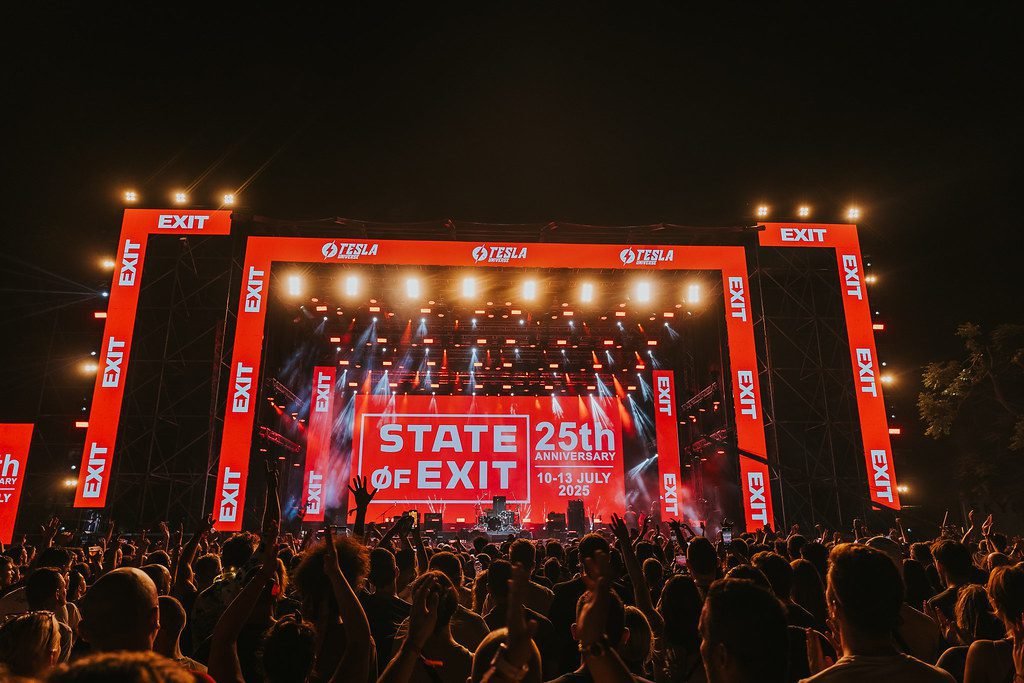
Autumn, from September to October, offers pleasant weather and stunning fall foliage, making it excellent for exploring monasteries in Serbia and wine regions.
Events and festivals to consider
When planning your visit to Serbia, consider the various events and festivals that can significantly enhance your experience.
The EXIT Festival in Novi Sad is one of Europe’s premier music festivals, attracting international acts and a lively crowd in July.
Belgrade hosts numerous cultural events throughout the year, including the Belgrade Beer Fest in August and various film and music festivals that showcase Serbian and international talent.
For those interested in traditional customs, many towns celebrate local patron saints with vibrant village fairs. These lively gatherings truly reflect the spirit of the Balkan region.
Weather considerations for your trip
Understanding the weather considerations for your trip is crucial for a comfortable visit to Serbia.
Summers (June-August) are typically hot, with temperatures often exceeding 30°C (86°F), making it perfect for water activities but requiring sun protection.
Winters (December-February) are cold, with snowfall common, especially in mountainous regions like Kopaonik, making it ideal for winter sports enthusiasts.
Spring (April-May) and autumn (September-October) offer pleasant, mild temperatures, generally ranging from 15-25°C (59-77°F), which is excellent for exploring cities like Belgrade and Niš, and enjoying the natural beauty of the countryside without extreme weather.
How to plan your itinerary for Serbia?
Planning your itinerary for Serbia can be an exciting process, allowing you to tailor your visit to your interests, whether you’re drawn to vibrant city life or serene natural landscapes.
It’s essential to consider the time you have and what you hope to experience, from exploring historical fortresses to enjoying the famous Serbian nightlife.
Our suggested itineraries aim to provide a comprehensive guide, ensuring you make the most of your trip to Serbia.
You’ll discover that optimizing your travel plan can significantly enhance your adventure through this beautiful Balkan country.
Suggested 3-day itinerary in Belgrade
A 3-day itinerary in Belgrade, the capital of Serbia, offers a perfect glimpse into its vibrant culture and rich history.
On day one, focus on the Belgrade Fortress and Kalemegdan Park, exploring its museums and enjoying the confluence of the Sava and Danube rivers.
Day two could involve strolling through Knez Mihailova Street, visiting the National Museum of Serbia, and experiencing the bohemian quarter of Skadarlija for an authentic Serbian dinner.
For your final day, consider a visit to the Orthodox Church of Saint Sava and a relaxing afternoon at Ada Ciganlija.
This compact plan allows you to capture the essence of this dynamic city in Serbia.
Exploring beyond Belgrade: 7-day itinerary
For those with more time, a 7-day itinerary allows you to explore beyond Belgrade and uncover more places to visit in Serbia.
After your initial days in the capital, take a day trip to Novi Sad on day four, experiencing the Petrovaradin Fortress and its charming Old Town.
Day five could lead you to Sremski Karlovci, known for its historical architecture and wine production.
Days six and seven could be dedicated to Western Serbia, perhaps a visit to the mystical Uvac Canyon or the picturesque Drina River with its famous House on the Rock.
This extended trip to Serbia ensures a deeper appreciation of the country’s diverse natural beauty and historical depth.
Day trips from Belgrade: What to see
Belgrade serves as an excellent base for various enriching day trips, allowing you to explore the surrounding Serbian countryside and its many attractions.
A popular choice is a visit to Novi Sad and the Petrovaradin Fortress, easily accessible and offering stunning views and a rich history.
Another compelling option is Sremski Karlovci, a town steeped in history and renowned for its baroque architecture and winemaking traditions.
For nature enthusiasts, a day trip to Fruška Gora National Park, with its numerous monasteries, provides a serene escape.
These destinations offer a perfect way to diversify your visit to Belgrade and experience more of Serbia.
What practical travel tips should you know for Serbia?
To ensure a smooth and enjoyable visit to Serbia, it’s essential to be aware of practical travel tips, from understanding local transportation to navigating currency and communication.
These tips will help you feel more confident and prepared for your Serbian adventure, allowing you to focus on the attractions and experiences that await you.
Being well-informed about these practicalities can significantly enhance your overall enjoyment and make your trip to Serbia as stress-free as possible.
Transportation options within the country
Understanding transportation options within the country is key to efficiently navigating your visit to Serbia.
Major cities like Belgrade, Novi Sad, and Niš are well-connected by an extensive bus network, offering an affordable and reliable way to travel between destinations.
For longer distances or a more scenic route, trains are available, though they might be slower. Within cities, public transport like trams and buses is common, and ride-sharing apps are becoming increasingly popular in Belgrade.
If you plan to explore remote places in Serbia or the natural beauty of national parks, renting a car might be your best option for flexibility.
Currency and budgeting for your trip
When planning your visit to Serbia, understanding the currency and budgeting for your trip is crucial.
The official currency is the Serbian Dinar (RSD). While credit and debit cards are widely accepted in cities and larger attractions, it’s always advisable to carry some cash, especially when visiting smaller towns, markets, or remote places in Serbia.
Serbia is generally considered an affordable destination compared to Western Europe, allowing your travel budget to stretch further.
Accommodation, food, and activities offer good value for money, making Serbia an attractive option for various budgets, from frugal to luxurious travel.
Language and communication tips
Navigating language and communication tips will greatly enhance your visit to Serbia. The official language is Serbian, which uses both Cyrillic and Latin alphabets.
While younger generations and those in the tourism sector often speak English, especially in Belgrade and Novi Sad, learning a few basic Serbian phrases like “Zdravo” (Hello) or “Hvala” (Thank you) will be greatly appreciated by locals.
Many places to visit in Serbia will have English signs, but having a translation app on your phone can be very helpful for deeper interactions.
Don’t be afraid to use gestures; Serbians are generally very welcoming and will try to assist you.
What is the local culture and etiquette in Serbia?
Immersing yourself in the local culture and understanding the etiquette is a rewarding part of any visit to Serbia.
Serbian culture is rich with traditions, hospitality, and a strong sense of community, deeply rooted in its history and Orthodox Church heritage.
Being aware of customs, dining etiquette, and respectful behaviors will not only prevent misunderstandings but also open doors to more authentic interactions and a deeper appreciation of the Serbian way of life, truly enhancing your experience of this Balkan gem.
Customs and traditions to be aware of
Familiarizing yourself with the customs and traditions to be aware of is an important aspect of your visit to Serbia.
Serbians are known for their hospitality, often inviting guests for coffee or a drink, and it’s polite to accept.
Greetings typically involve a handshake, and for close friends, three kisses on the cheek (right-left-right) are common.
Respect for elders is highly valued. Many Serbians celebrate “Slava,” a unique family patron saint day, which is a significant cultural event.
Understanding these nuances will help you navigate social situations smoothly and gain a deeper appreciation for Serbian heritage.
Dining etiquette and local cuisine
Understanding dining etiquette and local cuisine is a delicious part of your visit to Serbia. Serbian food is hearty and flavorful, often featuring grilled meats, fresh salads, and rich pastries.
When dining, wait to be seated, and it’s common for meals to be shared among friends and family. Tipping is customary, usually around 10%.
Don’t miss trying local specialties like ćevapi (grilled minced meat), kajmak (a creamy dairy product), and rakija (fruit brandy).
Serbian hospitality often means generous portions, so come hungry! Enjoying the local gastronomy is one of the most fulfilling things to do in Belgrade and beyond.
Respectful behaviors while visiting
Demonstrating respectful behaviors while visiting Serbia will ensure a positive experience for both you and the locals.
When entering an Orthodox Church or monastery, dress modestly, covering your shoulders and knees. Photography may be restricted in certain areas, so always look for signs.
Avoid discussing sensitive political topics, especially those related to the Balkan conflicts, unless initiated by locals you know well.
Serbians appreciate politeness and a genuine interest in their culture. A simple “Hvala” (thank you) goes a long way in showing your appreciation, making your visit to Serbia truly memorable.
Frequently Asked Questions about Serbia Tourist Attractions
What are the best places to visit in Serbia?
Some of the best places to visit include Belgrade, Novi Sad, and the historical town of Topola.
Each destination offers unique attractions, from the vibrant nightlife and cultural sites in Belgrade to the famous Petrovaradin Fortress in Novi Sad and the beautiful landscapes of Topola.
What can I see at the Belgrade Fortress?
The Belgrade Fortress offers a rich historical experience, showcasing stunning views of the confluence of the Danube and Sava rivers.
Visitors can explore ancient walls, towers, and museums that highlight the fortress’s significance throughout Serbian history.
How can I travel from Belgrade to Novi Sad?
Traveling from Belgrade to Novi Sad is convenient, with options including trains, buses, and taxis.
The journey typically takes around one to two hours, making it easy to visit this popular destination during your stay in Serbia.
What are some popular tourist attractions in Serbia?
Popular tourist attractions in Serbia include the Fruska Gora National Park, Mokra Gora, and the historic sites in central Belgrade.
Each location offers a mix of natural beauty, cultural heritage, and outdoor activities for visitors to enjoy.
Why is Fruska Gora National Park worth visiting?
Fruska Gora National Park is known for its stunning landscapes, diverse flora and fauna, and serene hiking trails.
It’s also home to several Serbian Orthodox monasteries that add to the cultural significance of the park, making it a great destination for nature and history enthusiasts.
What is the significance of the town of Topola?
The town of Topola is significant for its historical connection to the Serbian royal family and its beautiful Oplenac complex, which features a church adorned with stunning mosaics.
It’s an essential stop for those interested in Serbian history and culture.
What are some famous Serbian dishes to try?
When in Serbia, you should try traditional Serbian cuisine, which includes dishes like sarma (cabbage rolls), ćevapi (grilled minced meat), and ajvar (pepper relish).
These dishes reflect the rich culinary heritage of the region and are a must for food lovers.
How many days in Belgrade are recommended for tourists?
For a comprehensive experience, it is recommended to spend at least three to four days in Belgrade.
This allows visitors to explore major attractions, enjoy local cuisine, and take day trips to nearby destinations such as Novi Sad and Fruska Gora.
What makes Belgrade the Serbian capital?
Belgrade is the Serbian capital due to its historical, cultural, and political significance.
It serves as the country’s central hub for government, education, and commerce, making it a vibrant city rich in history and modern attractions.




